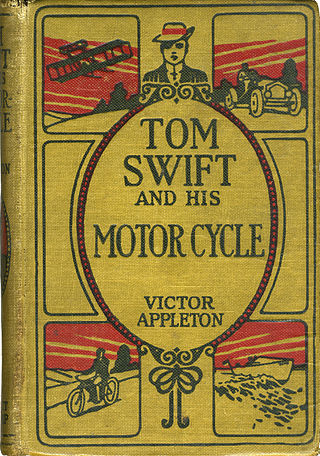
Tom Swift is the main character of six series of American juvenile science fiction and adventure novels that emphasize science, invention, and technology. Inaugurated in 1910, the sequence of series comprises more than 100 volumes. The first Tom Swift – later, Tom Swift Sr. – was created by Edward Stratemeyer, the founder of the Stratemeyer Syndicate, a book packaging firm. Tom's adventures have been written by various ghostwriters, beginning with Howard Garis. Most of the books are credited to the collective pseudonym "Victor Appleton". The 33 volumes of the second series use the pseudonym Victor Appleton II for the author. For this series, and some later ones, the main character is "Tom Swift Jr." New titles have been published again from 2019 after a gap of about ten years, roughly the time that has passed before every resumption. Most of the series emphasized Tom's inventions. The books generally describe the effects of science and technology as wholly beneficial, and the role of the inventor in society as admirable and heroic.
The Stratemeyer Syndicate was a publishing company that produced a number of mystery book series for children, including Nancy Drew, The Hardy Boys, the various Tom Swift series, the Bobbsey Twins, the Rover Boys, and others. They published and contracted the many pseudonymous authors doing the writing of the series from 1899 through 1987, when the syndicate partners sold the company to Simon & Schuster.
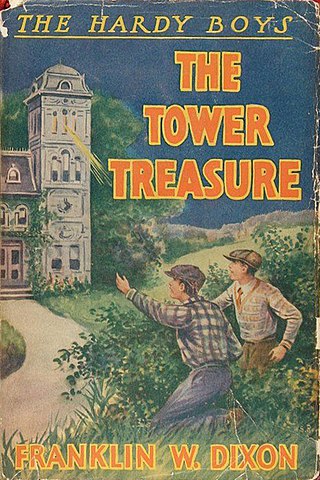
The Hardy Boys, brothers Frank and Joe Hardy, are fictional characters who appear in several mystery series for children and teens. The series revolves around teenagers who are amateur sleuths, solving cases that stumped their adult counterparts. The characters were created by American writer Edward Stratemeyer, the founder of book packaging firm Stratemeyer Syndicate. The books were written by several ghostwriters, most notably Leslie McFarlane, under the collective pseudonym Franklin W. Dixon.

Franklin W. Dixon is the pen name used by a variety of different authors who were part of a team that wrote The Hardy Boys novels for the Stratemeyer Syndicate. Dixon was also the writer attributed for the Ted Scott Flying Stories series, published by Grosset & Dunlap.

Howard Roger Garis was an American author, best known for a series of books that featured the character of Uncle Wiggily Longears, an engaging elderly rabbit. Many of his books were illustrated by Lansing Campbell. Garis and his wife, Lilian Garis, were possibly the most prolific children's authors of the early 20th century.
Roy Rockwood was a house pseudonym used by Edward Stratemeyer and the Stratemeyer Syndicate for boy's adventure books. The name is most well-remembered for the Bomba the Jungle Boy series.
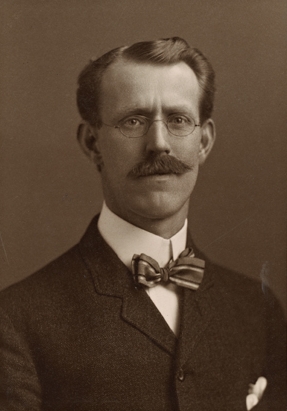
Edward L. Stratemeyer was an American publisher, writer of children's fiction, and founder of the Stratemeyer Syndicate. He was one of the most prolific writers in the world, producing in excess of 1,300 books himself, selling in excess of 500 million copies. He also created many well-known fictional book series for juveniles, including The Rover Boys, The Bobbsey Twins, Tom Swift, The Hardy Boys, and Nancy Drew series, many of which sold millions of copies and remain in publication. On Stratemeyer's legacy, Fortune wrote: "As oil had its Rockefeller, literature had its Stratemeyer."

The Rover Boys, or The Rover Boys Series for Young Americans, was a popular juvenile series written by Arthur M. Winfield, a pseudonym for Edward Stratemeyer. Thirty titles were published between 1899 and 1926 and the books remained in print for years afterward.
Charles Leslie McFarlane was a Canadian journalist, novelist, screenwriter, and filmmaker, who is most famous for ghostwriting many of the early books in the very successful Hardy Boys series, using the pseudonym Franklin W. Dixon.
Radio Boys was the title of three series of juvenile fiction books published by rival companies in the United States in the 1920s:
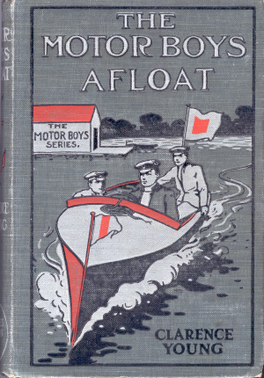
The Motor Boys were the heroes of a popular series of adventure books for boys at the turn of the 20th century issued by the Stratemeyer Syndicate under the pseudonym of Clarence Young. This series was published by Cupples & Leon and was issued with dustjackets and glossy frontispiece. Howard Garis wrote many, if not all, of these stories.

The Ted Scott Flying Stories was a series of juvenile aviation adventures created by the Stratemeyer Syndicate using the pseudonym of Franklin W. Dixon and published almost exclusively by Grosset & Dunlap. The novels were produced between 1927 and 1943. The principal author was John W. Duffield, who also contributed to the Don Sturdy and Bomba the Jungle Boy series. As "Richard H. Stone" he also launched a second Stratemeyer aviation series, the Slim Tyler Air stories (1930–1932). Duffield was a conscientious student of aeronautical technology, and long passages in the Ted Scott books can be traced to such sources as Aviation, the New York Times,Aero Digest, and Science.
Baseball Joe is the fictional hero of a number of children's books written by Howard R. Garis under the name of "Lester Chadwick". The series follows the main character, a star baseball player named Joe Matson, from high school to college and then to success as a professional.
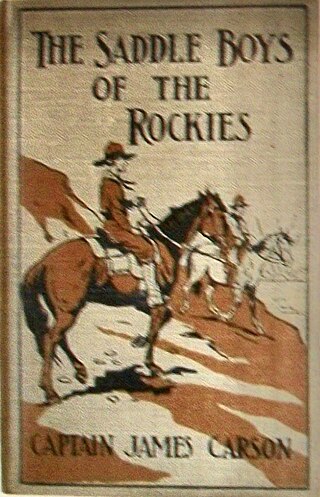
Captain James Carson was a pseudonym used by the Stratemeyer Syndicate for the five volume The Saddle Boys series. There were no other Stratemeyer books published with that pseudonym used for the author's name.
Frank V. Webster was a pseudonym used by the Stratemeyer Syndicate. A total of 25 novels in The Webster Series For Boys were published by Cupples & Leon between 1909 and 1915. Titles were reprinted in 1938 by Saalfield Publishing.

Dorothy Dale is a girls' book series written by Margaret Penrose, a pseudonym. The Stratemeyer Syndicate produced a total of thirteen of the series' books between the years 1908 and 1924. The books were published by Cupples & Leon.
Weldon J. Cobb was a Chicago writer, reporter and newspaper editor. From 1877 through 1880 he sold fifteen stories to Nickel Library, and from 1891 through 1895 Cobb regularly contributed stories to Golden Hours.

Cupples & Leon was an American publishing company founded in 1902 by Victor I. Cupples (1864–1941) and Arthur T. Leon (1867–1943). They published juvenile fiction and children's books but are mainly remembered today as the major publisher of books collecting comic strips during the early decades of the 20th century.

A. L. Burt was a US book publishing house from 1883 until 1937. It was founded by Albert Levi Burt, a 40-year-old from Massachusetts who had come to recognize the demand for inexpensive reference works while working as a traveling salesman. The company began by reprinting home reference works and reprints of popular and classic fiction, before expanding into the field of children's works, particularly series books.

The Saddle Boys is a Western-themed series of juvenile adventure novels written by Captain James Carson, a pseudonym used by the Stratemeyer Syndicate. Illustrations are by W. S. Rogers. The series was published between 1913 and 1915 by Cupples & Leon. Advertising shows that the series was sold in the United States until at least 1929.











